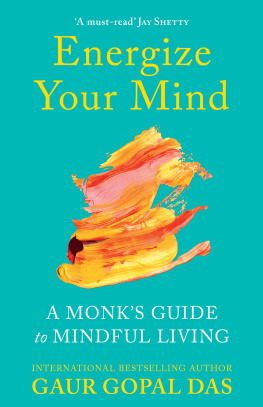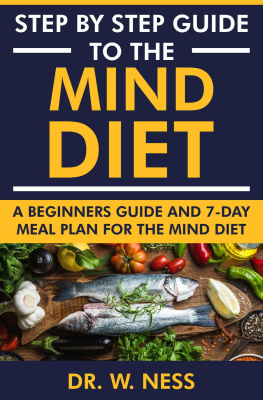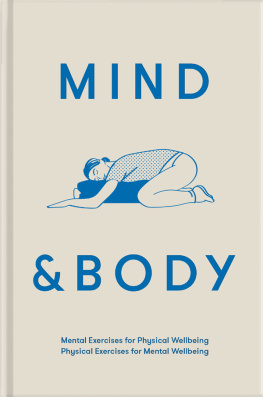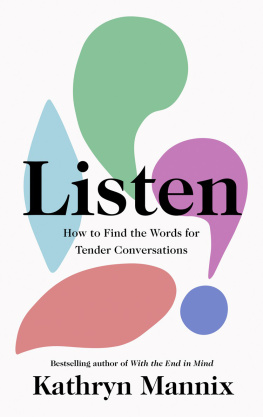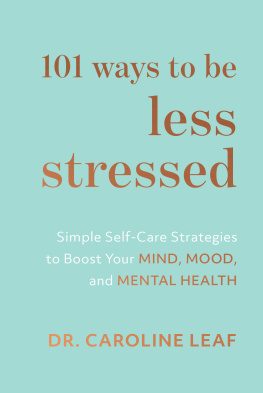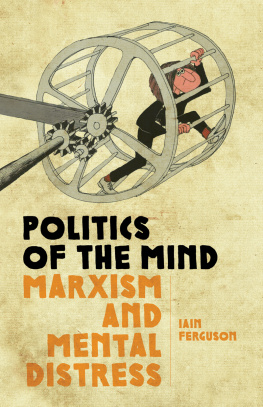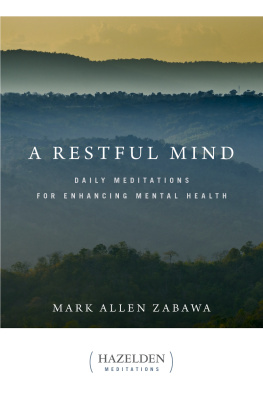Introduction
Energize Your Mind
As a monk, my goal is to help the people I meet in their journey. Each of our journeys is unique; we have different ambitions along the way. But what unites us is that we all want the destination to be a happy, fulfilling life. I believe this journey starts by energizing the mind.
You may know about one of the most famous journeys in the world. The RMS Titanic set sail from Southampton, UK to New York City, USA on 10 April 1912, but sank to the bottom of the Atlantic Ocean after hitting an iceberg. This was one of the deadliest disasters of a passenger cruise liner, with 1500 losing their lives. At the time, the Titanic was the largest ship afloat. You may have seen the 1997 film by James Cameron on the tragedy.
But what happened? Why did the Titanic sink? And what has that got to do with the mind?
Many people blame the captain, E.J. Smith, who went down with the ship. He is blamed for the demise of the Titanic as he authorized its speed of 22 knots through the icy, dark waters off the coast of Newfoundland, Canada. It is thought that cruising at 22 knots was reckless when navigating an ice field. However, others defend Smith by saying the standard protocol for ships was to maintain full steam ahead unless obvious danger was spotted.
Another reason people felt the Titanic sank was due to the low-quality steel that was used to build the ship. The Titanic was found 2.5 miles down on the ocean bottom in 1985 by oceanographer Robert Ballard. When parts of the Titanic were lifted from the bottom, material scientists were corrected, and this theory was disproved.
But the story does not end there. Other scientists blame the rivets or the metal pins that hold the ships hull together. More than 3 million rivets were holding the ship together. Some were made from hand-cast iron instead of steel, as the steel rivets did not fit in many areas. The steel rivets were placed in the middle of the boat as it was easy to access. Many weaker iron rivets were placed in the boats bow, which collapsed when the ship collided with the iceberg. Engineers also disproved this theory as iron rivets were found in other vessels such as the Olympic, the Titanics sister ship, which faced significant collisions during World War II without sinking.
The captain could have been more competent, the steel quality could have been better and the rivets could have been stronger, but the Titanic was built based on the best knowledge at the time. Thirty-eight thousand tons of water filled its bow when it hit the iceberg, tilting the ships stern 11 degrees and causing it to crack in two. Many argue that nothing could have stopped the Titanic from sinking; it was not built to survive hitting an iceberg. But the fact is, water did get into the ship, and the quality of the materials did not handle the pressure.
In the same way, in our life, we may blame the external icebergs or the waters that surround us, but often, it is the poor construction. The water that helps a ship sail is also responsible for it to sink if it enters the ship. Its the same water. Many people have better judgement to know where they are going or are made from better materials. They have constructed themselves properly by looking after what is essential: their physical, mental and emotional health. A lot of work has been done to help people with their physical health. Nine in every ten pounds is spent on physical health by the health department of the UK, leaving only one pound for mental health. We must do more to understand the mind.
That is what this book is about. Energize Your Mind is about:
Identifying icebergswhat external influences in our lives could cause damage to our mental health?
Navigating the waterhow we can sail through life, ensuring that our journey is safe and understanding how to control our emotions and mental well-being.
Building a strong shipnot only should we understand our mental well-being, but also how we can strengthen our state of mind so that external influences seem less devastating.
This book is split into four sections to help us understand this journey easily. The first section is Me and My Mind, which deals with our own emotions. The second section is Others and My Mindhow other people may affect our emotions. The third is Me and the Mind of Othershow we can protect the mental health of others by being sensitive in our actions. And the fourth section is The Universe and My Mindhow the laws of nature affect our mental state and how we can develop spiritually to grow in our mental state.
In this book, I also share some personal stories where I have struggled with my mental well-being. At first, I was nervous about sharing these stories, as they make me vulnerable. However, I felt that if I am truly open with you, the reader, this allows you the opportunity to be open with yourself. A state of enlightenment is not about sitting on a pedestal and looking down at others struggling. It is about understanding that we all go through challenges in our lives; when we can share those, we can help others in their journey. Being vulnerable through this book has allowed me to humble myself; it puts my spiritual public persona on the line and has helped me understand that serving others is more important than my reputation.
I intertwine the stories I tell in this book with the science and philosophy of the mind. I hope this gives you the added confidence that the tools shared in this book are based on scientific truths. For example, Jeff Polzer, professor, human resource management at Harvard Business School, discovered the vulnerability loop. When we share our shortcomings with people, it gives them the confidence to share their shortcomings too. In other words, when we signal to others that we are vulnerable, it allows them to do the same, increasing trust within the relationship.
Spiritual communities sometimes get trapped in putting their leaders on a pedestal they cannot come down from. That is not to say that their leaders are not trustworthy or deeply self-aware, but evangelizing can lead to unrealistic expectations. I want to try and come down from my monk pedestal and be open about my experiences. I hope that by doing so in this book, you will feel free to let go of your false conceptions about yourself and take the lessons that I learnt for your journey.

